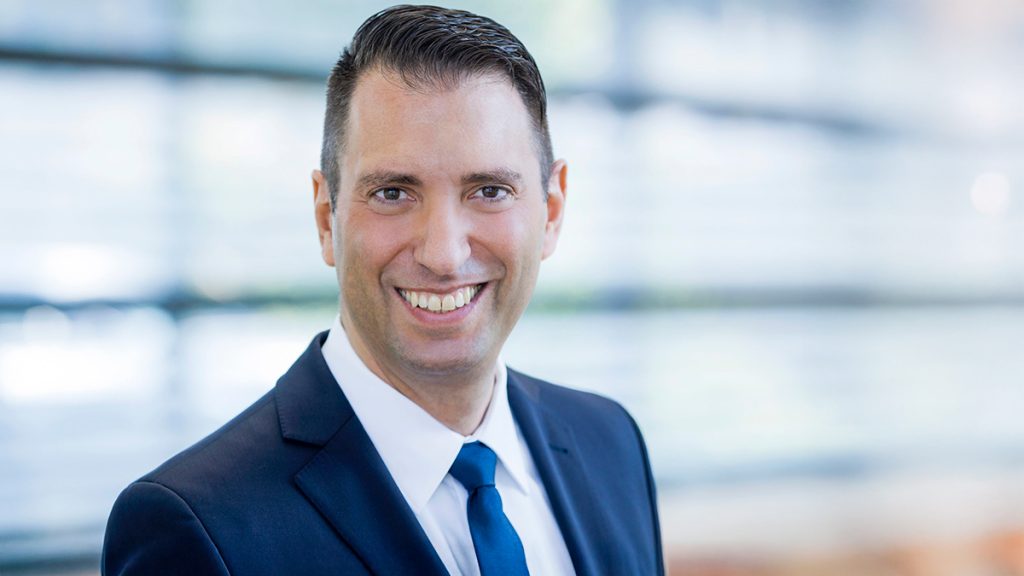Sixty years after the Second Vatican Council closed, one thing, above all, strikes me as clear and urgent: The Church must learn to listen to its own signals, its own traditions, and its own people.
Synodality, I am convinced, is not simply a method of governance but a spiritual path.
This conviction stems from both theological reflection and personal experience.
Synodality as a spiritual practice
Synodality is a profoundly spiritual and practical way of living our baptism and confirmation — the keys to the Christian life.
As baptised and confirmed Christians, we are sealed with the Holy Spirit, called to live and act together in faith.
Thus, synodality, flowing from this sacramental source, entails listening carefully, consulting with one another, and allowing time and silence for genuine understanding and discernment.
These are not decorative extras; they are essential elements of respect, reflection, and discernment.
Yet I see with some concern that habits of thoughtful communication and consensus-building are eroding — not only within the Church, but across our broader civic life.
The mirror of society
The critical voices that echo from outside the Church are often reflections of what we project from within.
This is why we must ask ourselves carefully: What signals are we sending out as a Church?
We cannot assume people are indifferent. They are listening — sometimes in silence, sometimes with sharp critique.
Their responses often reveal how they perceive the credibility and relevance of our message.
Listening to those responses, even when uncomfortable, is part of the Church’s own self-understanding.
Embracing a positive attitude
Sixty years on, the documents of the Second Vatican Council continue to speak with remarkable freshness.
They invite us to a positive, appreciative attitude — one that does not shy away from prophetic courage.
When the signs of the times demand it, the Church must raise its voice clearly and compassionately.
A vivid example of this spirit can be seen, for instance, in Pope Leo’s recent stand against the deportation of immigrants by the Trump administration in the USA.
It is a reminder that prophetic witness remains central to our mission.
Liturgy reveals who we are
If synodality is a path, the liturgy is where that path becomes visible.
Here, our image of the Church takes form — as dialogue, as celebration, as community.
Liturgy should be a conversation among equals, where the diversity of roles — presiding, preaching, reading, music, and prayer — serves the unity of all who gather.
We would be much closer to a truly synodal Church if our liturgical life made visible what it proclaims: first and foremost, the community of the baptised, gathered as God’s people.
A call forward
Synodality is far more than an administrative model.
It is a spiritual discipline, a theological stance, and a pastoral way of being.
If we learn to listen deeply — to one another and to the signals within our own tradition — we may find that the seeds of renewal are already there, waiting to grow.
All it takes is patience, humility, and courage.

- Dr Martin Stuflesser is a priest of the Diocese of Mainz and professor of liturgical studies at the University of Würzburg, where he has taught since 2007. He served as president of Societas Liturgica from 2015 to 2017, after more than a decade as its secretary.

